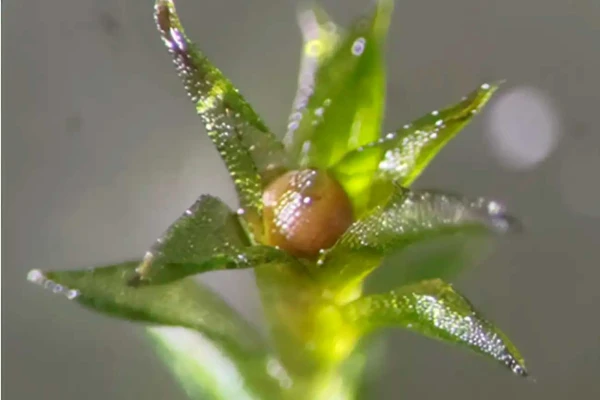
The spores faced the full spectrum of deadly dangers: absolute vacuum, sharp temperature fluctuations, radiation.
On the outer shell of the International Space Station, under deadly ultraviolet light and cosmic radiation, a biological cargo — tiny moss spores — quietly awaited their moment for nearly a year. Scientists did not hope to revive them. But when they returned to Earth, they awakened.
Mosses are among the oldest terrestrial plants, belonging to the group of bryophytes (Bryophyta). Their ancestors were among the first plants to colonize land about 450-500 million years ago. Mosses often are the first to colonize bare surfaces (rocks, sand, cold and dry areas) because they are not heavily dependent on soil and can withstand large temperature and moisture fluctuations.
Their secret to survival is spores. These very small "seed-like" structures are easily dispersed by the wind and can remain viable for a long time. Spores can enter a state of anabiosis, waiting out unfavorable conditions, and then give rise to a new plant.
Scientists have long studied the limits of Earth's life endurance. During laboratory experiments, researchers have repeatedly simulated conditions on Mars, the Moon, or in the vacuum of space, testing whether bacteria, lichens, or plants could survive there. However, simulation is one thing, and real outer space is quite another.
Until now, no one had tested how actual, unmodeled space affects the spores of plants from the bryophyte group, which includes mosses. The answer to this question could radically change the scientific community's understanding of the viability of organisms and their potential distribution throughout the Universe.
The ISS crew conducted an unusual experiment. Astronauts secured special containers with 20,000 spores of the moss species Physcomitrium patens on the outside of the station. These tiny travelers were set to spend 283 days in open space. They faced the full spectrum of deadly dangers: absolute vacuum, sharp temperature fluctuations — from extreme cold to scorching heat — microgravity, ultraviolet radiation, and cosmic radiation.
Upon completion of the experiment, the astronauts delivered the container with the spores back to Earth aboard a SpaceX capsule. Scientists immediately began studying them. The control group of spores, which had remained safe in the Earth laboratory all this time, germinated with an efficiency of 97 percent. The spores that had been in space aboard the ISS but were protected from ultraviolet light demonstrated the same high rate.
A team of molecular biologists led by Tomomichi Fujita from Hokkaido University in Japan examined the delivered samples that had endured the full force of the cosmic elements and found that more than 80 percent of these spores not only survived but also retained viability and grew into completely normal, healthy plants.




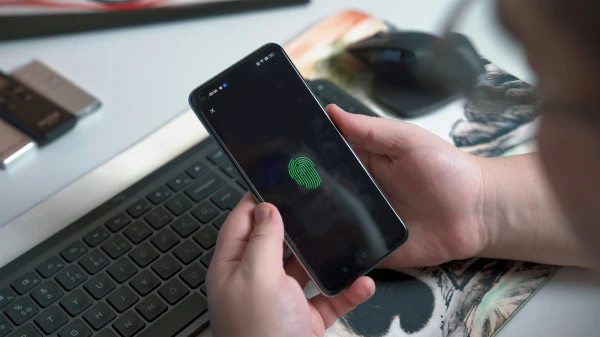
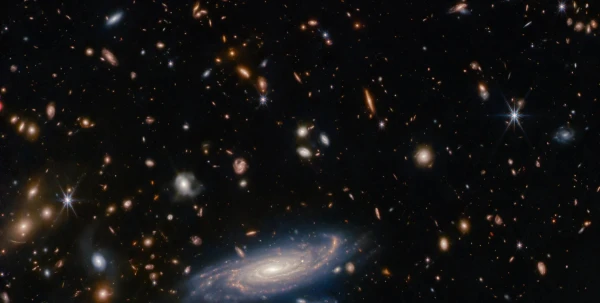
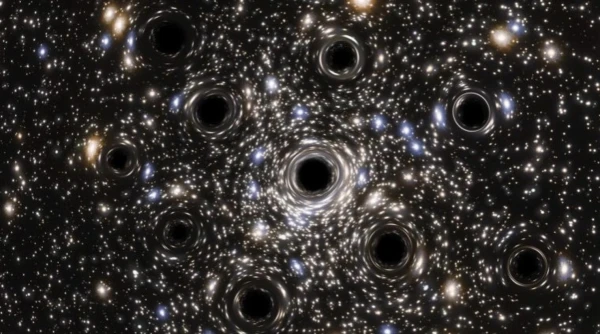

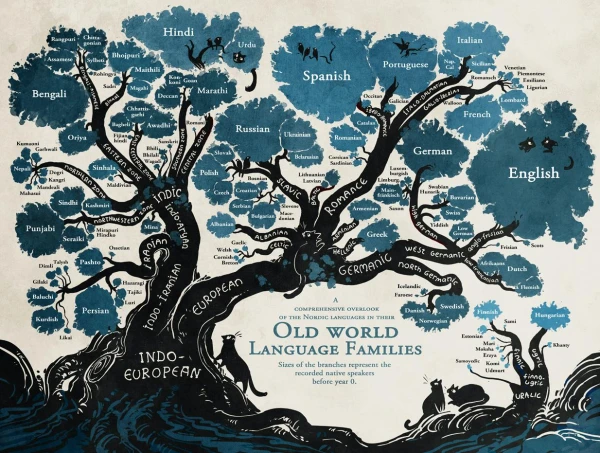



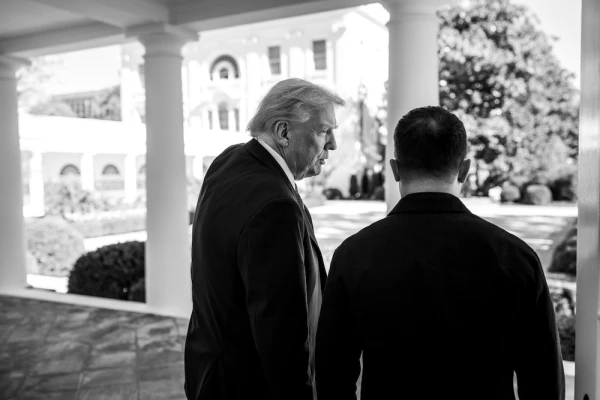
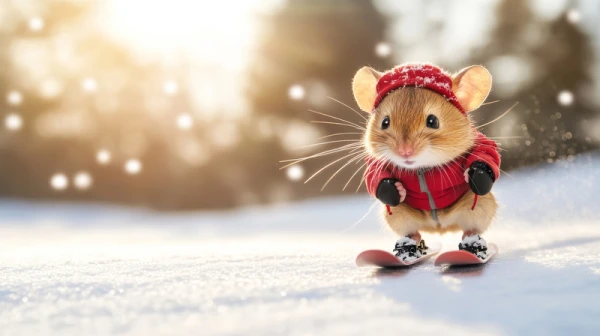
Leave a comment